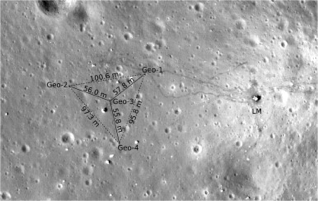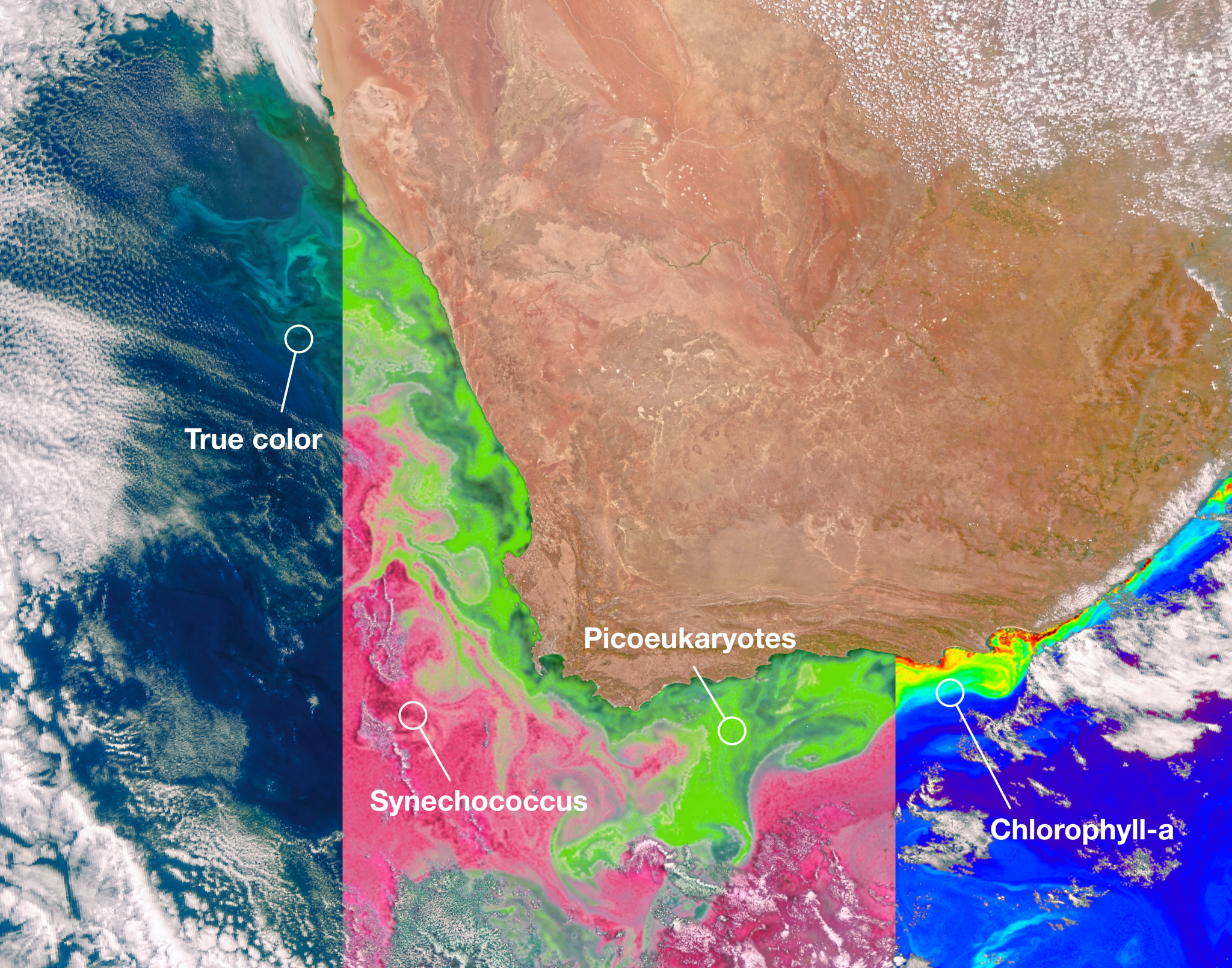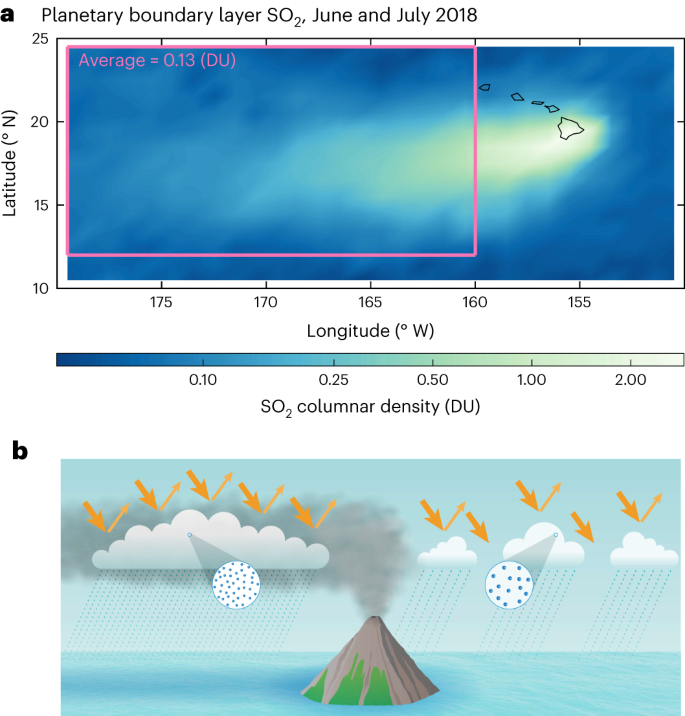2024-04-11 カリフォルニア工科大学(Caltech)

Position of the seismometers on the Moon from Apollo 17. A fiber-optic-based seismic detector, using distributed acoustic sensing, could function as the equivalent of hundreds of seismometers.Credit: Nunn, C., Garcia, R. F., Nakamura, Y., Marusiak, A. G., Kawamura, T., Sun, D., et al. (2020). Lunar Seismology: A Data and Instrumentation Review. Space Scien
<関連情報>
- https://www.caltech.edu/about/news/a-new-type-of-seismic-sensor-to-detect-moonquakes
- https://www.sciencedirect.com/science/article/abs/pii/S0012821X24001286
- https://www.science.org/doi/10.1126/sciadv.adi9878
分散型音響センシング(DAS)による月震検知の実現可能性を評価する Assessing the feasibility of Distributed Acoustic Sensing (DAS) for moonquake detection
Qiushi Zhai, Allen Husker, Zhongwen Zhan, Ettore Biondi, Jiuxun Yin, Francesco Civilini, Luis Costa
Earth and Planetary Science Letters Available online:10 April 2024
DOI:https://doi.org/10.1016/j.epsl.2024.118695
Highlights
- DAS is ideal for addressing the strong scattering challenge in lunar seismology.
- We generate synthetic DAS signals to examine the effects of the scatterers.
- We compare Apollo moonquake signals with the Earth-based DAS noise floor.
- Current DAS technology can detect most moonquakes recorded by Apollo seismic sensors.
- Expected improvement to DAS can bring detections of Apollo moonquakes close to 100 %.
Abstract
Moonquakes can provide valuable insights into the lunar interior and its geophysical processes. However, extreme scattering of the lunar seismic waves makes seismic phase identification and source characterization difficult. In recent years, Distributed Acoustic Sensing (DAS) technology has emerged as a promising tool for seismic monitoring on Earth by turning a fiber optic cable into a dense array of strainmeters. DAS array can detect the full wavefield even in highly scattering environments and track scattered phases that were previously aliased on the standard sparse seismic networks. This study assesses the feasibility of DAS for moonquake detection. We present synthetic DAS recordings demonstrating its suitability for capturing moonquake signals in environments with significant scattering and low seismic velocities. By comparing Apollo moonquake signals with DAS’s current minimum noise floor observed in Antarctica’s quiet conditions, we find that existing DAS technology can detect more than 60 % of moonquakes previously recorded by Apollo seismic sensors. With expected and achievable improvements in DAS equipment, detection rates could surpass 90 %. Our findings suggest that DAS could, on average, detect around 15 moonquakes daily, with large fluctuations depending on recording during lunar sunrise/sunset for thermal moonquakes and the moon’s distance from perigee/apogee for deep moonquakes. The deployment of DAS on the Moon could mark a revolutionary step in lunar seismology, significantly enhancing our understanding of the Moon’s internal structure.
ロングバレーのマグマだまりを覆う上部地殻の蓋 An upper-crust lid over the Long Valley magma chamber
ETTORE BIONDI, WEIQIANG ZHU, JIAXUAN LI, ETHAN F. WILLIAMS, AND ZHONGWEN ZHAN
Science Advances Published: 18 Oct 2023
DOI:https://doi.org/10.1126/sciadv.adi9878

Abstract
Geophysical characterization of calderas is fundamental in assessing their potential for future catastrophic volcanic eruptions. The mechanism behind the unrest of Long Valley Caldera in California remains highly debated, with recent periods of uplift and seismicity driven either by the release of aqueous fluids from the magma chamber or by the intrusion of magma into the upper crust. We use distributed acoustic sensing data recorded along a 100-kilometer fiber-optic cable traversing the caldera to image its subsurface structure. Our images highlight a definite separation between the shallow hydrothermal system and the large magma chamber located at ~12-kilometer depth. The combination of the geological evidence with our results shows how fluids exsolved through second boiling provide the source of the observed uplift and seismicity.



